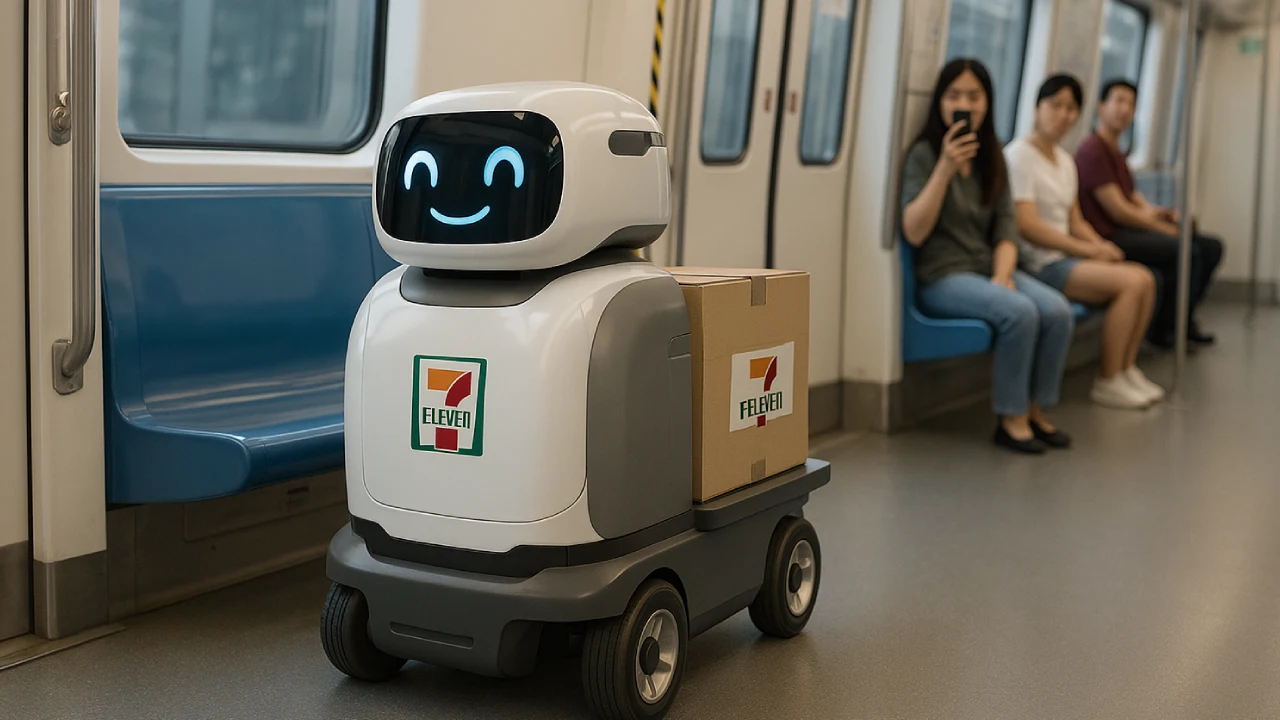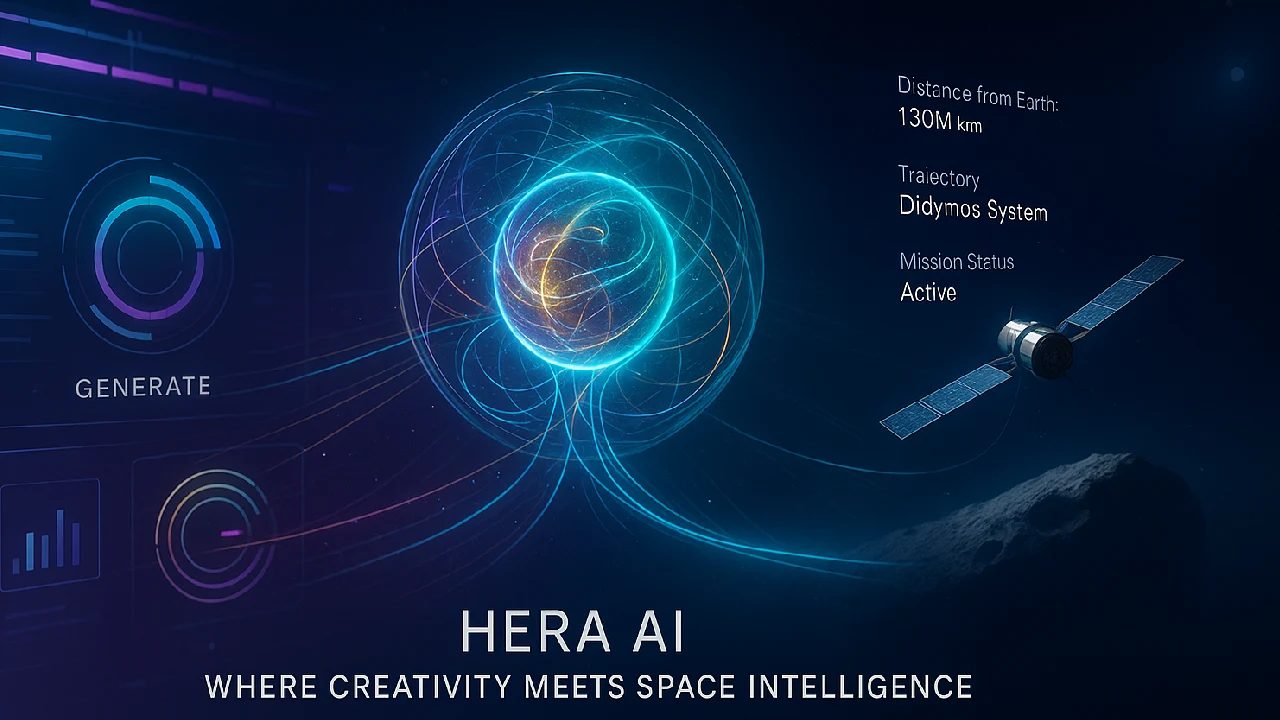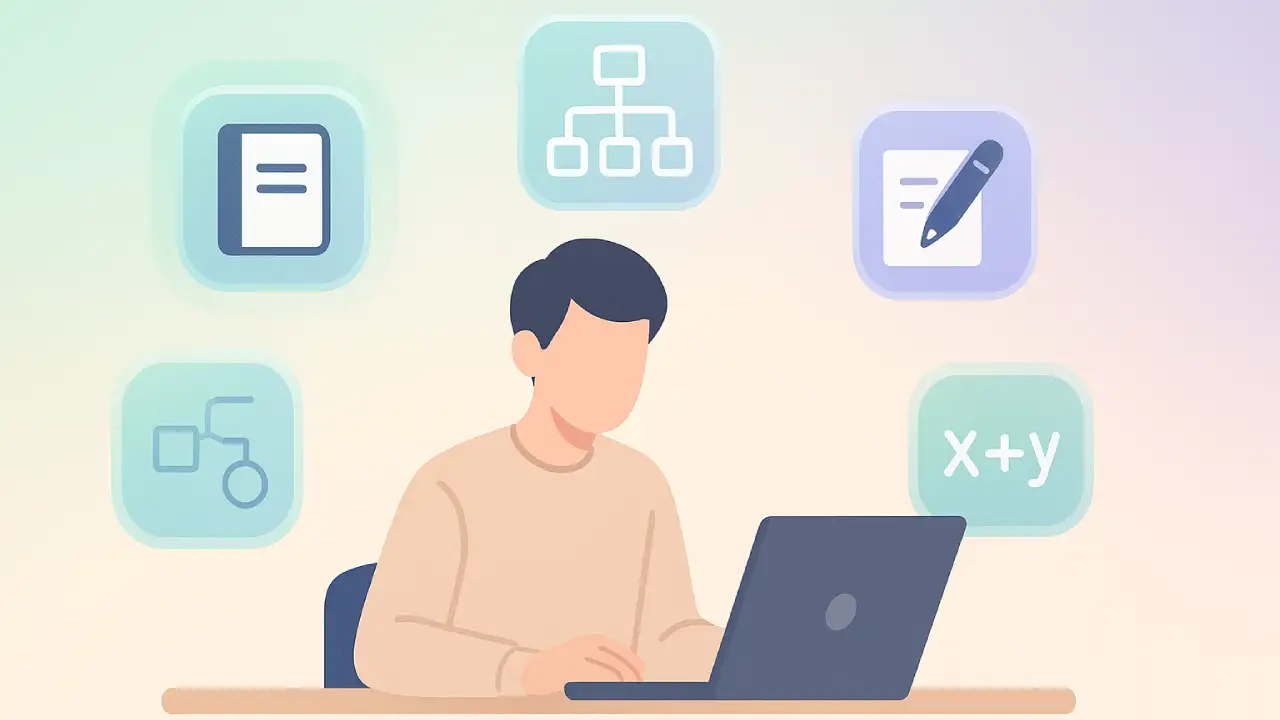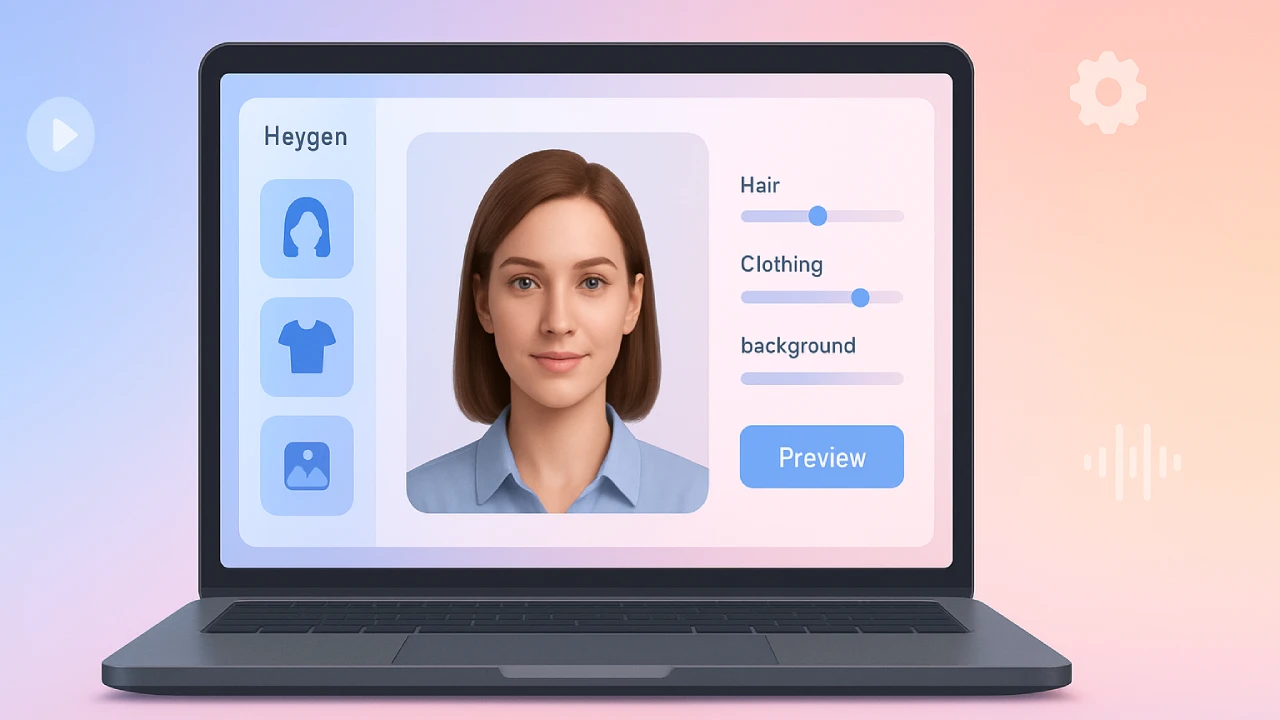As towns around the world try to become smarter, Shenzhen Robots has taken a big step forward by putting delivery robots on subway trains to restock 7-Eleven stores. Not only does this world-first project solve a logistics problem in cities, it also shows how robots and AI are making their way out of factories and into public areas.
This is how these future robots are quietly changing how subways work and how packages are delivered to stores.
The Problem These Robots Solve
For years, it’s been difficult to get stores inside subway stops stocked again. People who worked as delivery people had to find limited parking above ground, carry things by hand through crowded stations, and keep to tight schedules, especially during rush hours. The process took a long time, required a lot of work, and cost a lot of money.
Shenzhen robot delivery system solves these problems. It’s faster, more efficient, and more scalable than standard human labor because it automates the restocking process.
Inside the Robot Delivery System
How the Robots Operate
During off-peak train hours, dozens of four-wheeled, waist-high delivery Shenzhen robots are now in use. They are run by VX Logistics, a division of real estate giant Vanke, and can move through elevators and platforms and even get on subway trains on their own. Once they’re on board, they go straight to any 7-Eleven on the Shenzhen Metro network.
These robots bring things like beverage cartons, and people have to unlock the robot’s storage unit to get them.
Technology Behind the Bots
The delivery robots are built with cutting-edge tech:
- Panoramic LiDAR sensors to detect and navigate surroundings
- A specially designed chassis system that adjusts to subway car entrances and elevators
- An AI-powered dispatching system that selects optimal delivery times and routes
Intelligent software controls the entire process, from departure to delivery, taking into account the delivery load, subway traffic, and store needs.
What the Robots Look Like
Instead of being like factory tools, these bots are made to be adorable. They are called “stocky” and “squat,” and they look like cartoon penguins from the future. An LED screen shows moving eyes and smiles, which makes them less scary and more appealing to people walking by.
We made this design choice intentionally to help the Shenzhen robots blend in with their surroundings and interact happily with curious commuters.
| Feature | Description |
|---|---|
| Height | ~3 feet (waist-high) |
| Navigation System | Panoramic LiDAR + AI Dispatching |
| Delivery Scope | 100+ 7-Eleven stores in subways |
| Operator | VX Logistics (Vanke) |
| Robot Appearance | Penguin-like with LED face |
| Trial Timing | Off-peak subway hours |
| Future Use Cases | Medical, parcel, cleaning deliveries |
Impact and Public Reaction
The “Embodied Intelligent Robot Action Plan” for Shenzhen includes this project. The plan’s main goal is for many people to use robots by 2027. The plan includes the use of robots in logistics, public safety, cleaning, and healthcare. This initiative is especially important for China as it gets ready for the difficulties that will come with an aging population.
Looking forward, these subway-riding robots could be repurposed for:
- Parcel delivery
- Medical supply transport
- Public facility maintenance
Conclusion
The subway delivery robots in Shenzhen aren’t just a cool piece of technology; they’re a real-world answer to the problems that come up with moving things around in cities today. This pilot project, integrating robotics, AI, and public infrastructure, demonstrates the potential for enhancing delivery services globally in the future. As these smart machines keep getting better, they’re not just restocking shelves; they’re also changing how places think about transportation, automation, and how people use technology.







